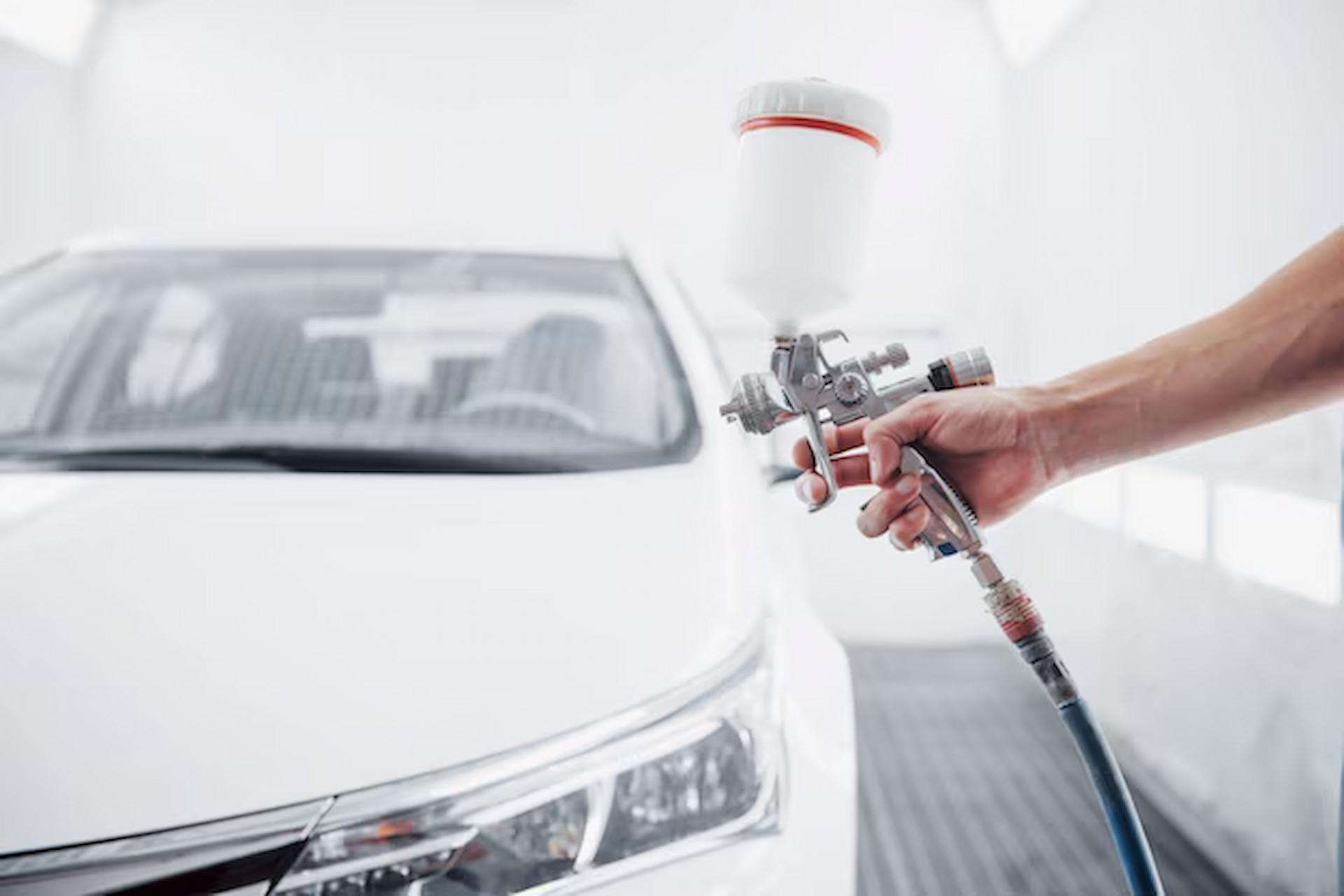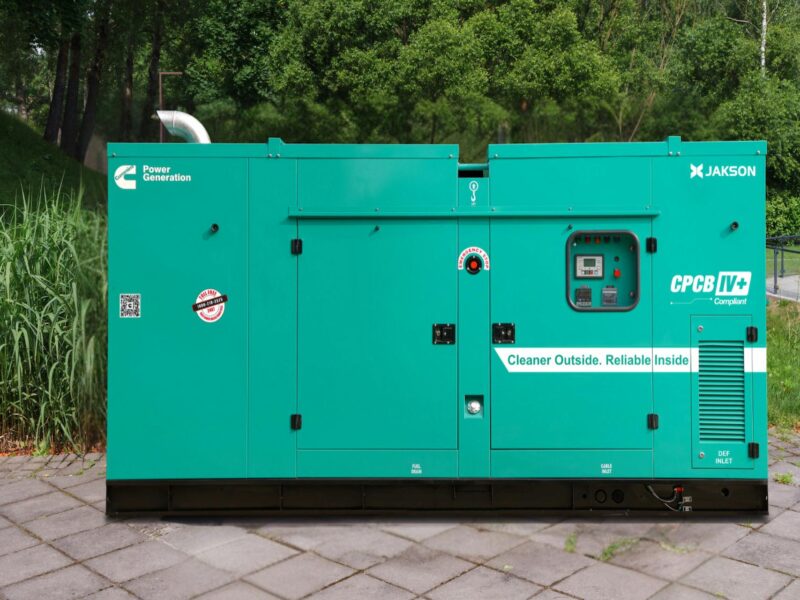From scratches and dents in the car bodywork to touch-ups on a classic car that you’re looking to refurbish and repair, achieving a premium finish relies on having access to the right equipment.
Arguably one of the most difficult things to source is the car paint, with several components impacting the quality of each paint and its suitability. Even if you get the colour right, that doesn’t necessarily mean that you will easily be able to decipher the texture of the paint or how it will go onto the car body – until you start using it.
It’s for this reason that having access to a reputable search engine of car colours and restoration tools is so valuable to vehicle owners. But what is it about car paint specifically that makes it such a challenge to get right?
Choosing the Right Colour
Sourcing the right colour means knowing not just the make and model of the vehicle, but also the year in which it was manufactured.
Providing this information to an online colour chart should give you a colour code, which you can then use to source the right paint on the market. However, it’s not just about the colour…
Texture and Finish of the Car Paint
Once you know what colour paint you are looking for, you also need to check the texture and finish.
Look at any car on the road, then compare it to the next one that drives by, and the next one after that. The chances are that they will have different textures to them, with some presenting a matte aesthetic and some a much shinier finish.
Getting the right paint means also ensuring that the textures match up so that the new colour and touched-up section of the bodywork blends into the rest of your vehicle.
Tips for Car Bodywork Touch-ups and Refurbs
Once you’ve sourced the right paint, you might be wondering where best to start. After all, it’s one thing knowing that you want to paint over a scratch or dent – but another thing entirely actually doing it and achieving a clean finish!
One of the best tips that countless customers have shared with us is to lightly sand the area and then clean it with a solvent, which primes the surface ready for the fresh coat of paint. If you are dealing with a large area, spray cans offer a much smoother and more complete finish, without brushstrokes created by a brush.
Having said that, working with a brush is a good way to paint over small and very delicate areas of damage, including small scratches and dents.
From big projects to small, working with the right specialists helps to ensure that you enter your project armed with the right equipment, and with all the advice you need to achieve a perfect finish on your vehicle.



